Leading market players are investing heavily in research and development in order to expand their product lines, which will help the goat milk derivatives market grow even more. Market participants are also undertaking various strategic activities to expand their footprint, with important market developments including new product launches, contractual agreements, mergers and acquisitions, higher investments, and collaboration with other organizations. To expand and survive in a more competitive and rising market climate, goat milk derivatives industry must offer cost-effective items.
Manufacturing locally to minimize operational costs is one of the key business tactics manufacturers use in the goat milk derivatives industry to benefit clients and increase the market sector. The goat milk derivatives industry has recently offered some of the most significant advantages.
Major players in the goat milk derivatives market, including AVH Dairy Trade B.V. (Netherlands), Lacteas Cobreros SA (Spain), Ausnutria Dairy Ingredients (Netherlands), Hoogwegt Groep B.V. (Netherlands), Leeb Biomilch Gmbh (Austria), Goat Partners International Inc. (US), Estrel Ingredients (Spain), Eurial (France), Prolactal (Austria), and A & E Connock LTD (UK) and others, are attempting to increase market demand by investing in research and development operations.
AVH Dairy Trade B.V (Netherlands), dairy trade B.V. offers services for the dairy trade. The business specializes in the trade and export of dairy products made from goats and sheep, such as bulk quantities of goat and sheep liquid milk, goat butter, goat cheese, and goat milk powder. International marketing and trade are two ways that AVH Dairy Trade does business. Dairy trade AVH B.V. was established in the Dutch city of Heerhugowaard in 2001. Milk trade AVH B.V. is an expert in international trade and dairy market development for goat and sheep products.
They offer (organic) milk powders (FCMP, SMP, WPC, D90, lactose), curd butter, (semi) hard cheese, and (organic) liquid milk in bulk. AVH has contributed its expertise and knowledge of (organic) goat and sheep dairy products to Emmi's extensive distribution network, which has a wealth of infrastructure, know-how, and experience in goat milk powder type B.V. Since about mid-2013, AVH dairy trade B. V. has joint ownership of Goat Milk Powder B. V. in the Dutch town of Etten-Leur. B. Goat Milk Powder. B.V. is a remarkable dairy supplier.
Goat Partners International Inc. (US), They are stronger when they work as a team and can improve things. For this reason, we establish long-term relationships that benefit everyone in the long run. They consistently deliver. They promise a consistent supply of goat milk powders of the highest quality. The internal R&D team ensures they stay abreast of cutting-edge innovations and methods. This enables them to provide everything you require anywhere in the world, whenever you require it.
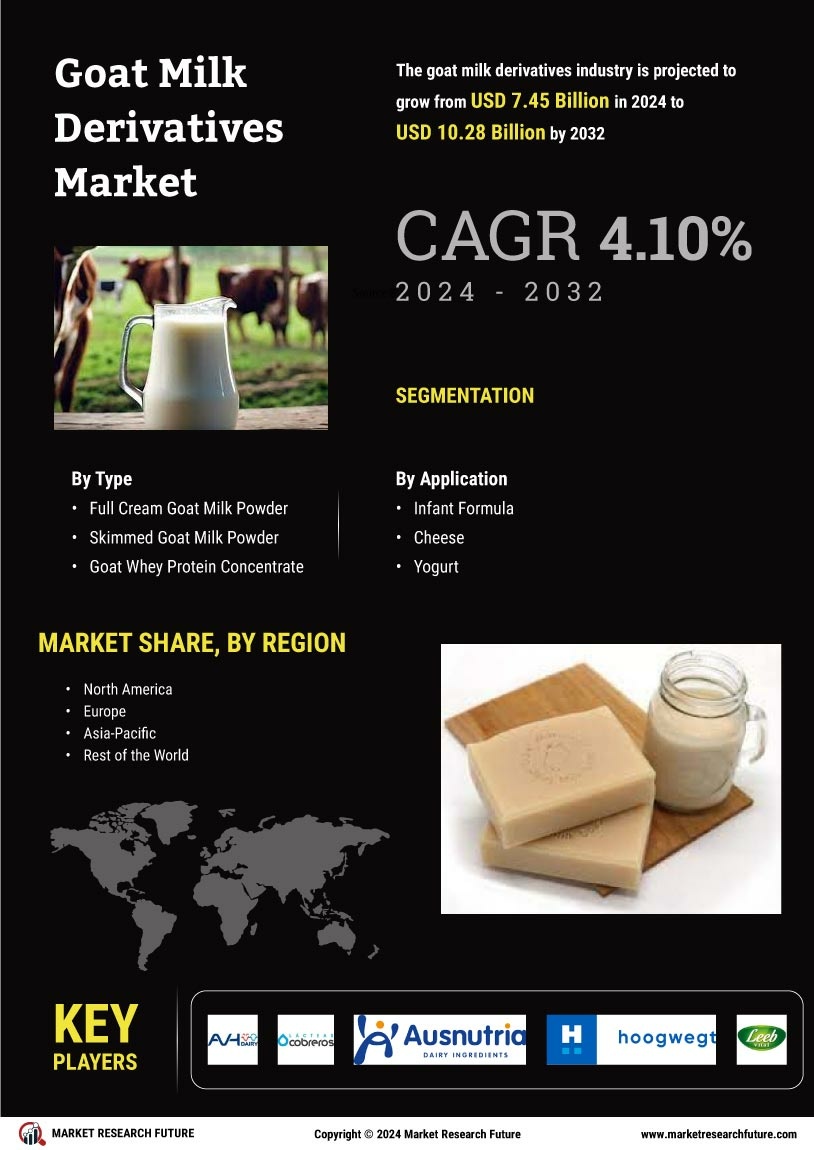

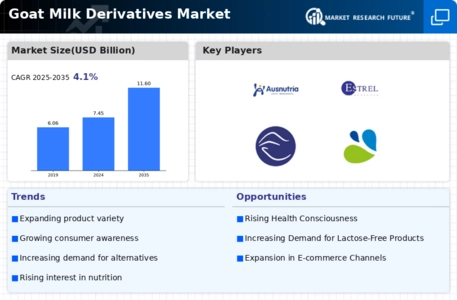
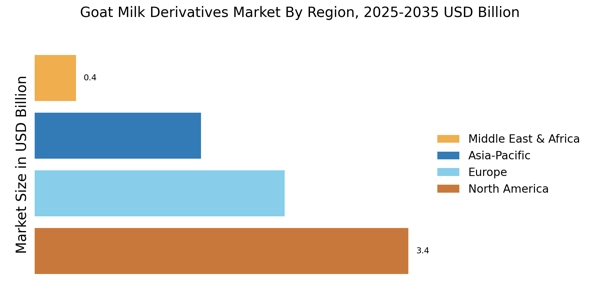
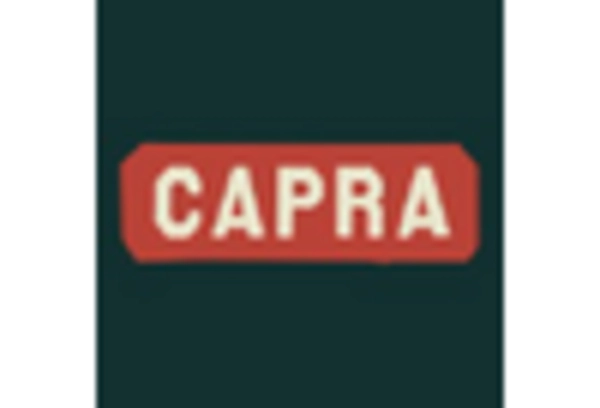
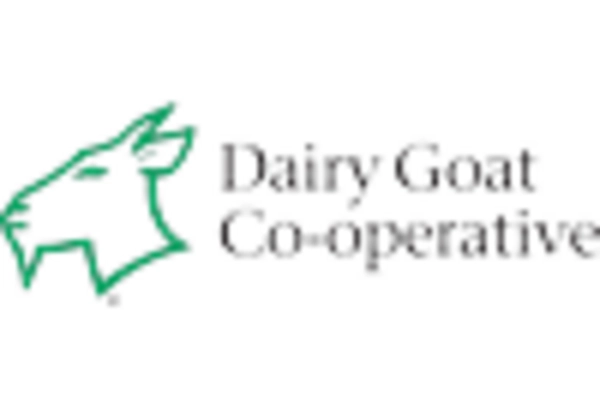
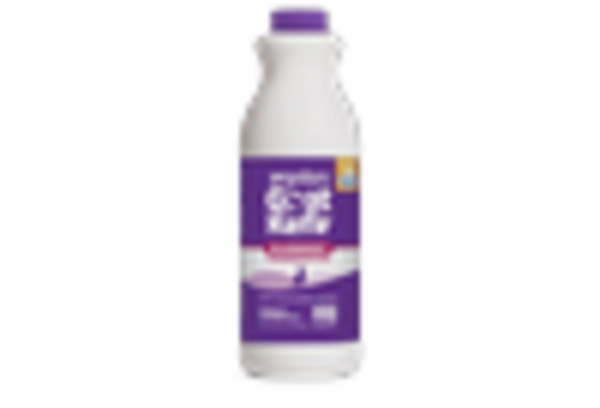
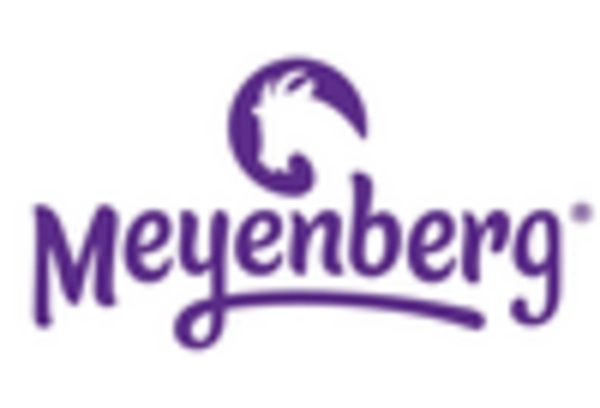
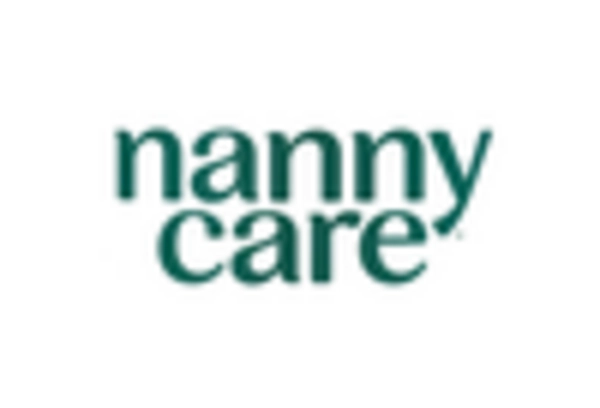
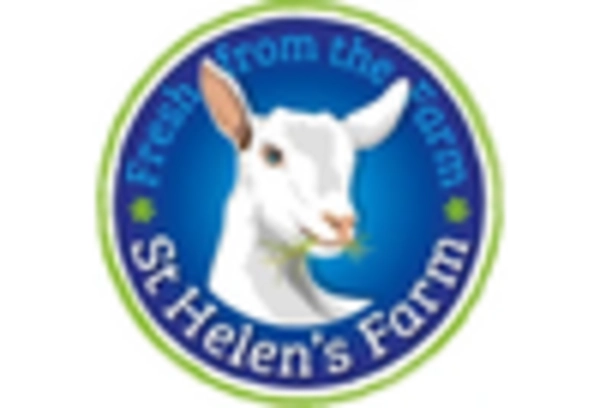








Leave a Comment